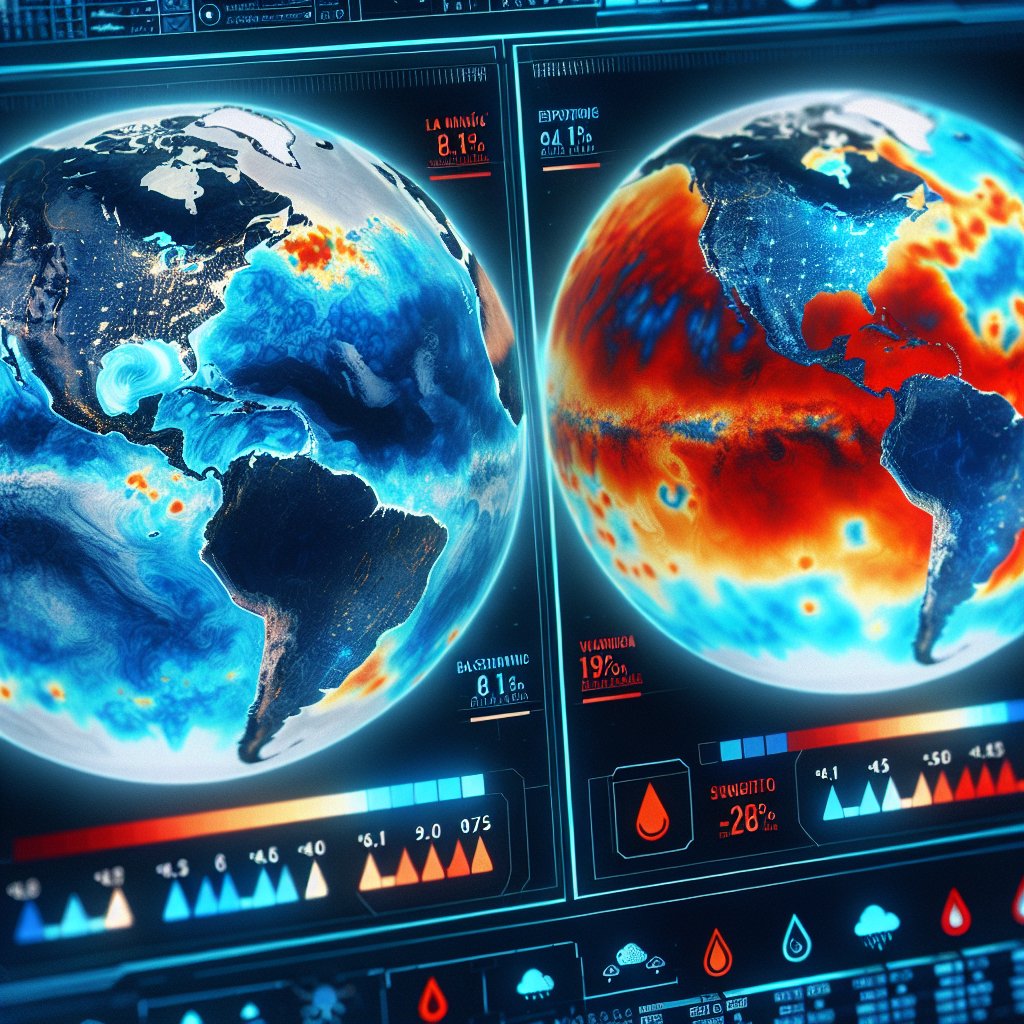November 12, 2024
How the Madden-Julian Oscillation is Shaping ENSO Patterns – Potential Impacts for La Niña and El Niño Forecasts
Book a Demo
The Madden Julian Oscillation (MJO) that occurred in November has seemingly put a damper on the development of La Niña, potentially leading to a neutral El Niño-Southern Oscillation (ENSO) throughout the winter in the northern hemisphere. This is a significant shift, as La Niña events have been more frequent during the cool phase of the ENSO cycle since the mid-1990s. However, it seems that these events are failing to meet the onset threshold, and the forecast intensity is currently weak.
Interestingly, the Madden Julian Oscillation has altered the typical ENSO tendency to favor La Niña development. This shift has slowed down the up-welling process of cool water to the surface and has eased trade winds, both of which are critical factors in the formation of La Niña.
Looking forward, the Climate Impact Company’s analog forecast supports the risk for El Niño to develop in the second half of 2025. This prediction potentially contradicts previous forecasts of a neutral ENSO or a second attempt at La Niña. In contrast, the official CPC ENSO Outlook, issued on October 10, 2024, forecasts a 60% chance of La Niña onset between September and November 2024, potentially persisting until January to March 2025.
It’s important to note that differences can exist between the official CPC ENSO probability forecast and the model-based IRI ENSO probability forecast. These differences can be attributed to factors such as human forecasters disagreeing with the models or the models not being run concurrently with the forecasters’ assessments.
The ENSO cycle, which includes the El Niño phase, La Niña phase, and Neutral phase, has a significant impact on global weather conditions. Interestingly, 2024 has seen a continuation of El Niño conditions. However, a potential return of La Niña in 2025 could lead to stronger trade winds, cooler sea surface temperatures, weather shifts in North America, and increased hurricane activity.
These potential shifts in weather patterns necessitate careful planning, particularly in sectors such as agriculture, energy, and disaster management. As we continue to monitor these developments, it’s clear that the Madden Julian Oscillation and the ENSO cycle play critical roles in our global climate and weather patterns.
Science4Data is committed to cut through greenwashing and measure real impact. Join the journey to a sustainable future. Your actions matter.



